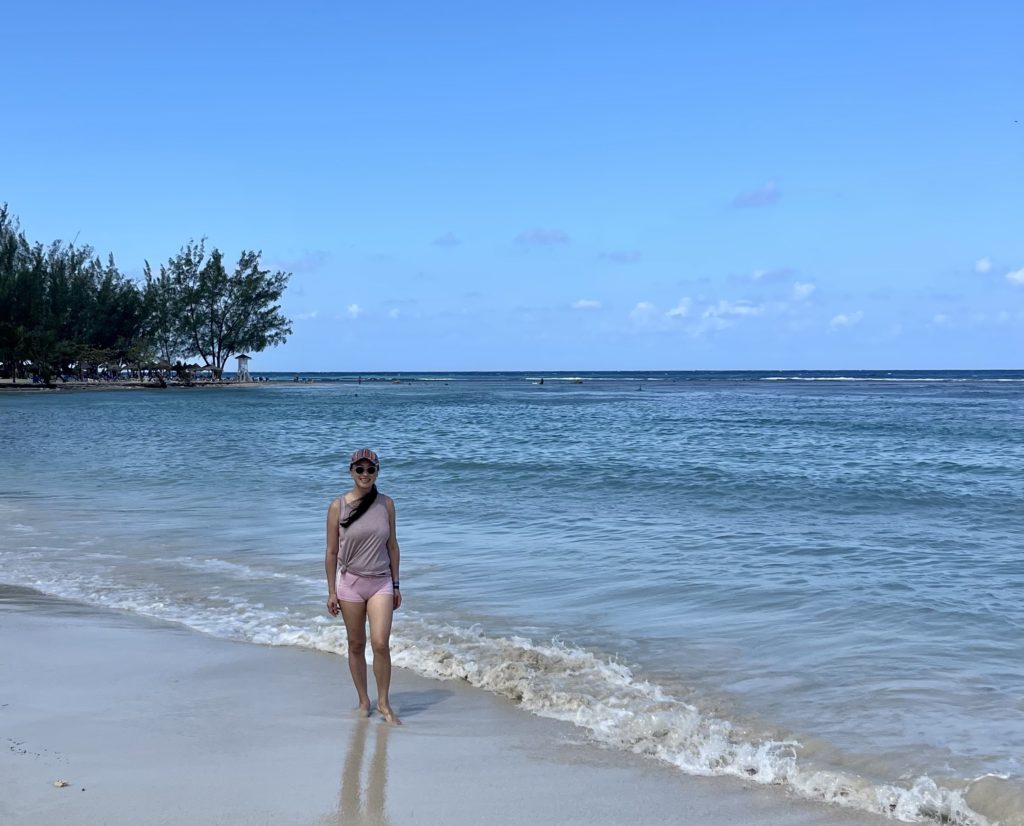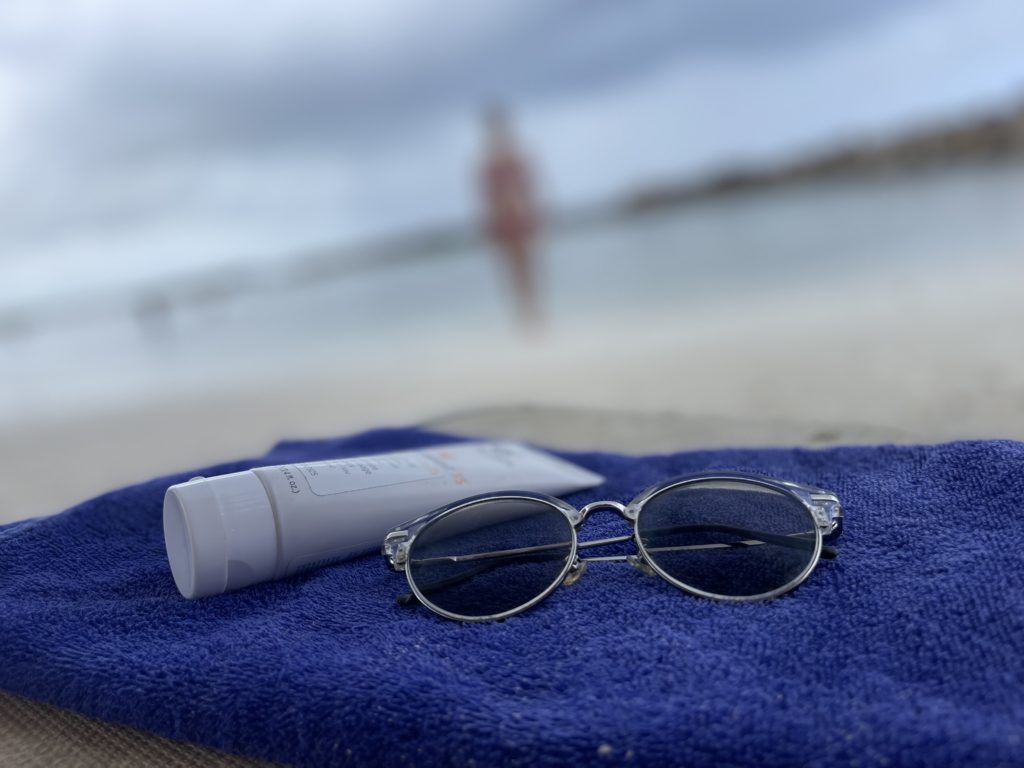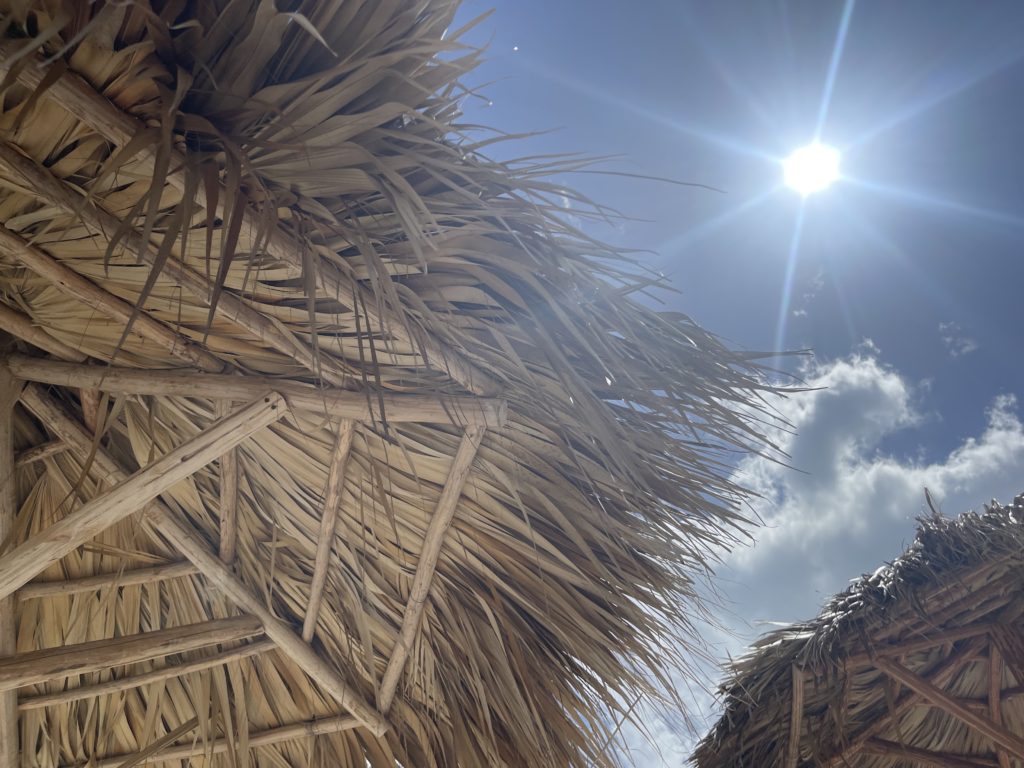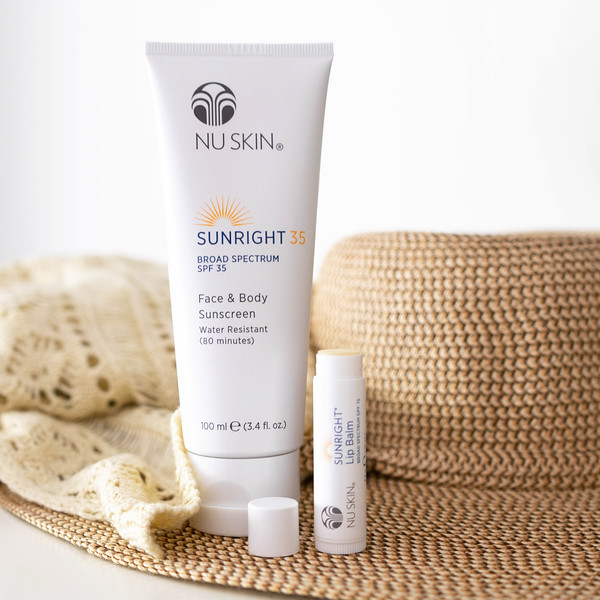Put on your sunscreen!

Being in Jamaica inspired me to write this article about the importance of sun protection. At the resort, I see so many people red as a lobster walking around. People don’t realize how damaging the sun is to the skin, our largest organ. I didn’t know the harm the sun has on our skin until I was in my 30’s. It was a shock to me when I looked at my photo album, yes photo album ( some of you know what I am talking about) and saw how flawless my skin was in my younger years. I didn’t know to take care of my skin when i was young and just took it for granted. People would ask me why i have so many spots on my face, especially been asian, it is unusual to have freckles. I would always answer that i have freckles. But without realizing, my freckles got bigger and darker and there was more than just freckles, I had bad sun damage!!! I used to go out golfing, hiking, and to the beach without any sun protection!!! Crazy! Now, I use a moisturizer with sunscreen during the day and if I know I will be out in the sun for a prolong period of time, I use the Nuskin Sunright products for the added protection.

The #1 cause of wrinkles is sun damage! Whether through natural sunshine or artificial tanning beds, research shows that exposure to UV light has a cumulative effect that can increase wrinkles, compromise the immune system, and increase your risk for cancer. If you can recall someone who you know is a sun worshipper or works in the sun all the time, don’t they look older than the average person their age? Sun protection is not a choice anymore, it’s vital! It allows us to still enjoy the outdoors without premature aging skin. This video explains how the sun sees our skin.
https://www.youtube.com/watch?v=o9BqrSAHbTc
There are basically 3 types of radiation from the sun, ultraviolet (UV) rays: UVA, UVB, UVC. The ozone layer will deflect the UVC from entering our atmosphere. UVA is the radiation that causes aging. UVB is the radiation that causes sunburn.
UVB rays are shorter, more powerful rays that affect the epidermis (outer layer of skin) and are responsible for the sunburns we feel when our skin is unprotected. UVB rays tend to be more intense at higher altitudes and during summer months. Research shows repeated exposure to UVB rays can affect the immune system and lead to basal cell skin cancer, squamous cell carcinoma, and malignant melanoma, the most deadly form of skin cancer.
UVA rays, though longer than and not as powerful as UVB rays, are believed to penetrate more deeply into the skin, causing damage to collagen and cells that are in the dermis. Although some people might believe that tanning beds are a safer method of tanning, UVA rays are more prevalent and stronger in tanning beds than in natural sunlight. UVA rays cause skin tanning, age spots, and wrinkling of the skin, as well as contribute to the development of skin cancer.
Although direct sun exposure can cause irreparable damage, your skin is also exposed to UVA and UVB rays at home and at work on a daily basis. UVA rays can actually pass through windows in your home and cars. Both UVA and UVB rays can reflect off of sand, water, and pavement, exposing you to UV radiation even in the shade. In addition, some indoor office lightbulbs emit UVA and UVB rays, though at much lower levels than sunlight. Also, just because it is a cloudy day doesn’t mean you don’t need sun protection because the UVA/B still penetrate through the clouds. The effects of such chronic exposure can be minimized with makeup and moisturizers that contain sunscreens.

The skin, while extremely effective at protecting the body from disease and invaders, is delicate enough to be damaged by the accumulation of daily UV exposure that we receive over a lifetime. When we are exposed to UVA and UVB radiation, whether from the sun or elsewhere, the body’s defense mechanism attempts to protect the skin by triggering the production of pigment. Melanocytes, which are in the lower level of the skin, produce a pigment called melanin. Melanin granules collect together in little packages as melanosomes, which then migrate to the skin’s surface as skin cells go through their natural process of sloughing off. This visible tan is evidence of skin damage. If you get sunburned, the UVB rays have penetrated the top layer of the skin, causing cellular damage. Sunburns, visible by redness, indicate that the body has increased blood flow to capillaries in order to try to repair the damage.
Sunscreens are products that contain ingredients that either physically deflect UV rays away from the skin or chemically absorb UV rays. Physical sunscreens usually contain zinc oxide or titanium oxide in tiny particles that can deflect UV rays. For people with sensitive skin, physical sunscreens can be less irritating. Organic sunscreens contain chemicals (i.e., benzophenones, cinnamates) with molecules that absorb UV rays and convert the energy to heat, which protects the cells in the skin.
Zinc oxide (micronized): A broad spectrum physical sunscreen that effectively blocks both UVA and UVB rays while helping control excess oil and shine. Micronization of the zinc reduces the white film usually associated with physical sunblocks.Parsol® 1789: A chemical ingredient that offers broad protection against UVA rays.Benzophenone-3: A chemical sunscreen agent that provides protection against UVA and UVB radiation.

Octyl methoxycinnamate or ethylhexyl methoxycinnamate: A chemical sunscreen that helps to prevent sun damage by absorbing harmful UVB radiation.
Octyl salicylate: A chemical molecule that helps to absorb UVB rays.
Sunscreens include a Sun Protection Factor (SPF), which describes the amount of protection a sunscreen provides from the UVB rays that cause sunburn. For example, if you would normally burn in the sun in 10 minutes, a sunscreen with SPF 15 allows you to be in the sun 15 times longer or, in other words, for 150 minutes without being burned. Most sunscreens are listed as SPF 15, SPF 30, or SPF 30+. Unfortunately, using SPF 30 or SPF 30+ does not necessarily double your protection from using an SPF 15. Sunscreen agents or products cannot protect from 100 percent of sunburn causing rays. While SPF 50 protects against approximately 97 percent of sunburn causing rays, an SPF 100 protects against only a slightly higher 98.5 percent. As the SPF gets higher, the difference in sun protection becomes more negligible. Some studies show that SPF can lead people to stay in the sun longer with a false sense of security, forgetting that UVA rays may also be damaging their skin. In addition, people often neglect to apply enough sunscreen to have adequate protection.

Recent studies show that sun damage to skin does not necessarily has to be direct contact with sun. If you are prone to sun damage, especially with melasma, you may not want to use chemical sun screen. Because people have different skin types and different levels of UV exposure, it is impossible to prescribe one kind of regimen to everyone, but most dermatologists will tell you that no sun exposure is good for you. Properly applying sunscreen and protecting your skin will keep you looking younger for longer.
Commonly asked questions about sunscreens:
WHAT IS THE PROPER APPLICATION OF SUNSCREEN?
The two-finger rule is a great way to make sure you apply the correct amount of sunscreen. Squeeze sunscreen the length of your middle and index finger—two fingers of sunscreen. You should apply a full two-finger amount to each of the following areas:head, neck, face, left arm, right arm, upper back, lower back, upper front torso, lower front torso, right and left upper leg, and right and left lower leg. For best coverage, apply 15 minutes prior to sun exposure. This ensures that you are properly covered.
WHEN SHOULD I APPLY SUNSCREEN?
Initially apply your sunscreen to dry skin approximately 15 minutes before going outside. If you are going to be in the sun for longer periods of time, you need to reapply your sunscreen at least every two hours, or at least every 80 minutes during water play.IS IT IMPORTANT TO ALWAYS
RE APPLY SUNSCREEN?
The first application of the day is the most important and it is crucial to take the time to do it properly. Many things can affect the need to reapply sunscreen. Excessive perspiring, toweling off, and swimming all hamper the ability for sunscreen to remain on the skin and make reapplication important. Reapply sunscreen after 80 minutes of swimming or perspiring, immediately.
IF I AM USING A DAILY MOISTURIZER WITH SPF FROM MY CORE SYSTEM, DO I STILL NEED TO USE A SUNSCREEN?
The moisturizers with SPF found in your systems were developed for incidental sun exposure. They provide adequate coverage for commuting and running errands throughout the day. For prolonged sun exposure, you should use a recreational sunscreen—like Sunright—to ensure adequate protection from UV radiation.
